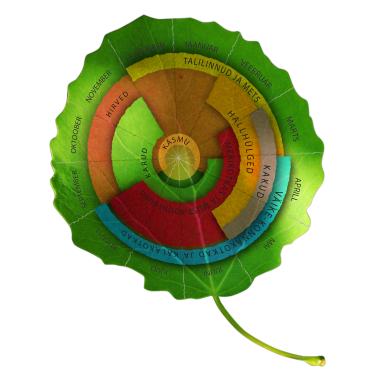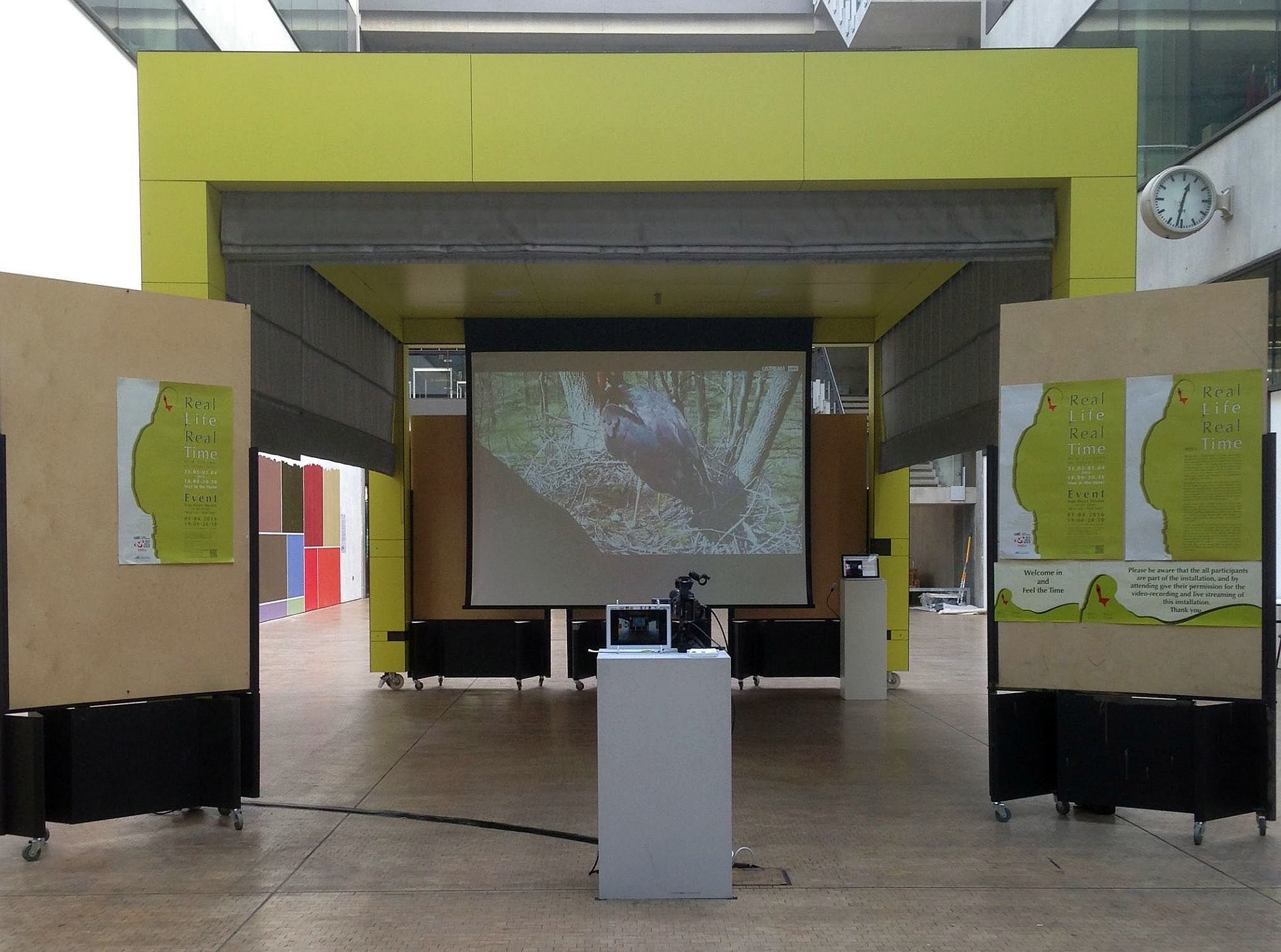Six months’ performance of black stork nest camera in London to be continued in Taiwan in spring
Text: Kaido Einama
Translation Liis
Last week art student Pei-Hsin Chen who installed images transmitted from the black stork camera in a public space in London for six months during the previous stork camera transmission period visited Estonia. Pei-Hsin himself explained the project „Real Life / Real Time“ with a need to show a younger generation, or all Londoners under 50 years, an experience of nature, as urbanised people already have very little contact with anything that goes on in a forest and know little about it.


 Videos
Videos Loodusemees.ee - the day in pictures
Loodusemees.ee - the day in pictures





